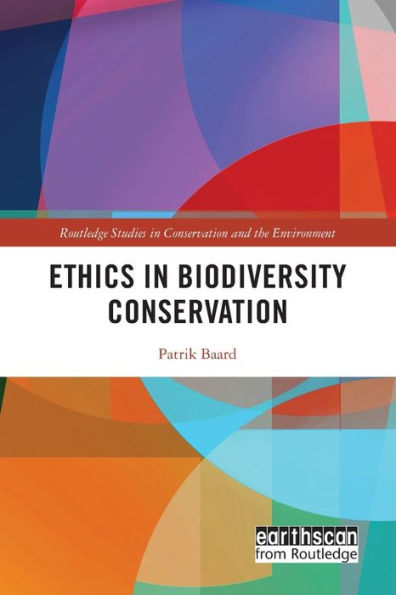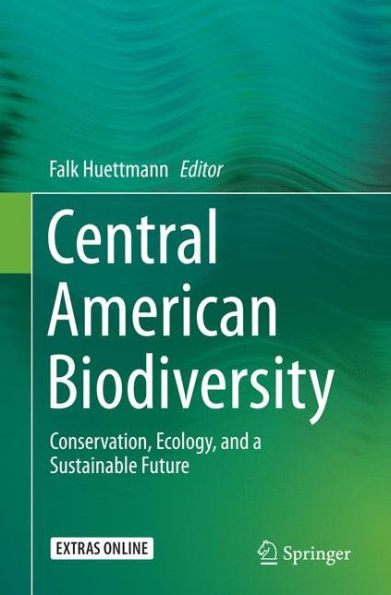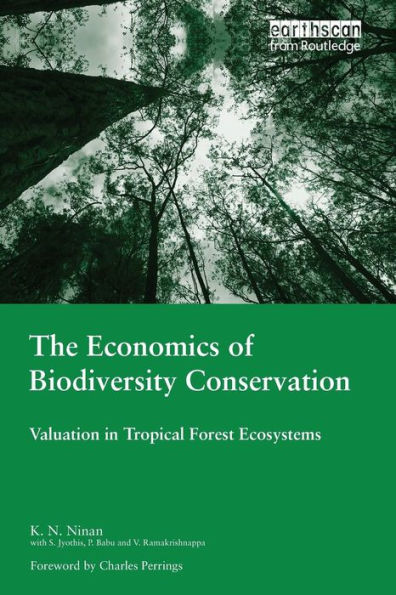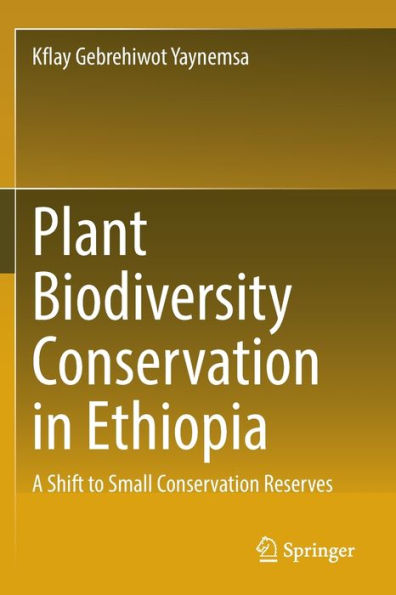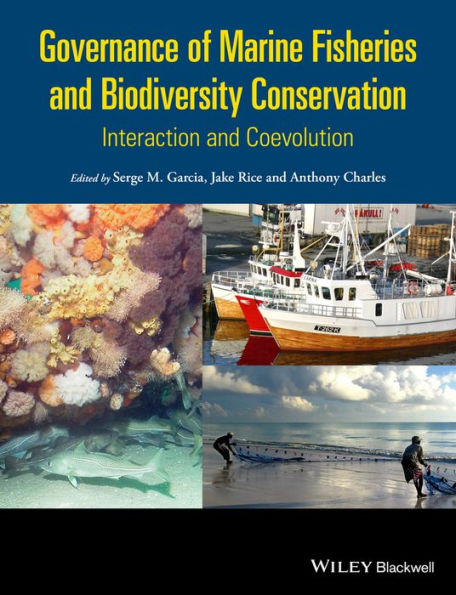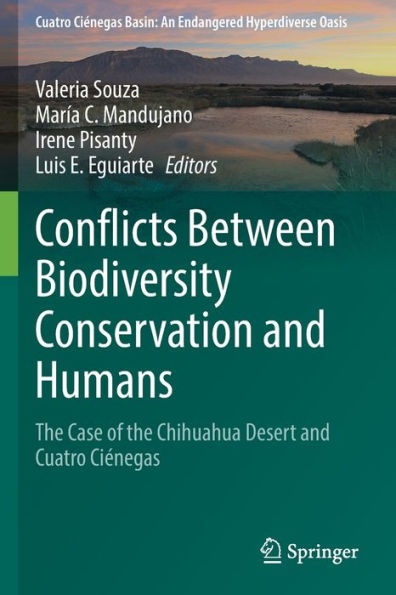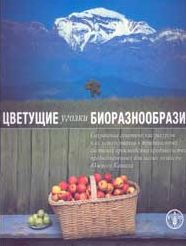Home
the Baseline Concept Biodiversity Conservation: Being Nostalgic or Not Anthropocene Era
Barnes and Noble
the Baseline Concept Biodiversity Conservation: Being Nostalgic or Not Anthropocene Era
Current price: $165.00
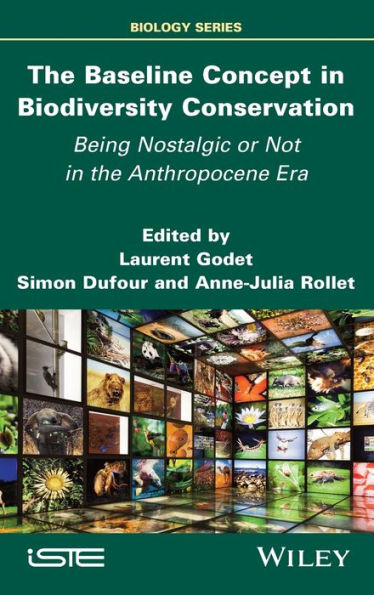

Barnes and Noble
the Baseline Concept Biodiversity Conservation: Being Nostalgic or Not Anthropocene Era
Current price: $165.00
Size: Hardcover
Loading Inventory...
*Product information may vary - to confirm product availability, pricing, shipping and return information please contact Barnes and Noble
The Anthropocene era has been marked by such significant human pressure that it has led to the sixth mass extinction.
The Baseline Concept in Biodiversity Conservation
interprets human domination of the Earth as the process of gradual landscape change, the execution of which is neither linear nor homogeneous.
This book is structured around three key questions: Where and when did everything go wrong? How do we define baseline states for biodiversity conservation strategies? How are reference states mobilized in a concrete way through case studies?
Today, biodiversity conservation faces a dilemma that this book sheds light on: return to states less modified by humans than today but in a world that has changed significantly; or, let the nature of tomorrow express itself where it still can but without a road map.
The Baseline Concept in Biodiversity Conservation
interprets human domination of the Earth as the process of gradual landscape change, the execution of which is neither linear nor homogeneous.
This book is structured around three key questions: Where and when did everything go wrong? How do we define baseline states for biodiversity conservation strategies? How are reference states mobilized in a concrete way through case studies?
Today, biodiversity conservation faces a dilemma that this book sheds light on: return to states less modified by humans than today but in a world that has changed significantly; or, let the nature of tomorrow express itself where it still can but without a road map.
